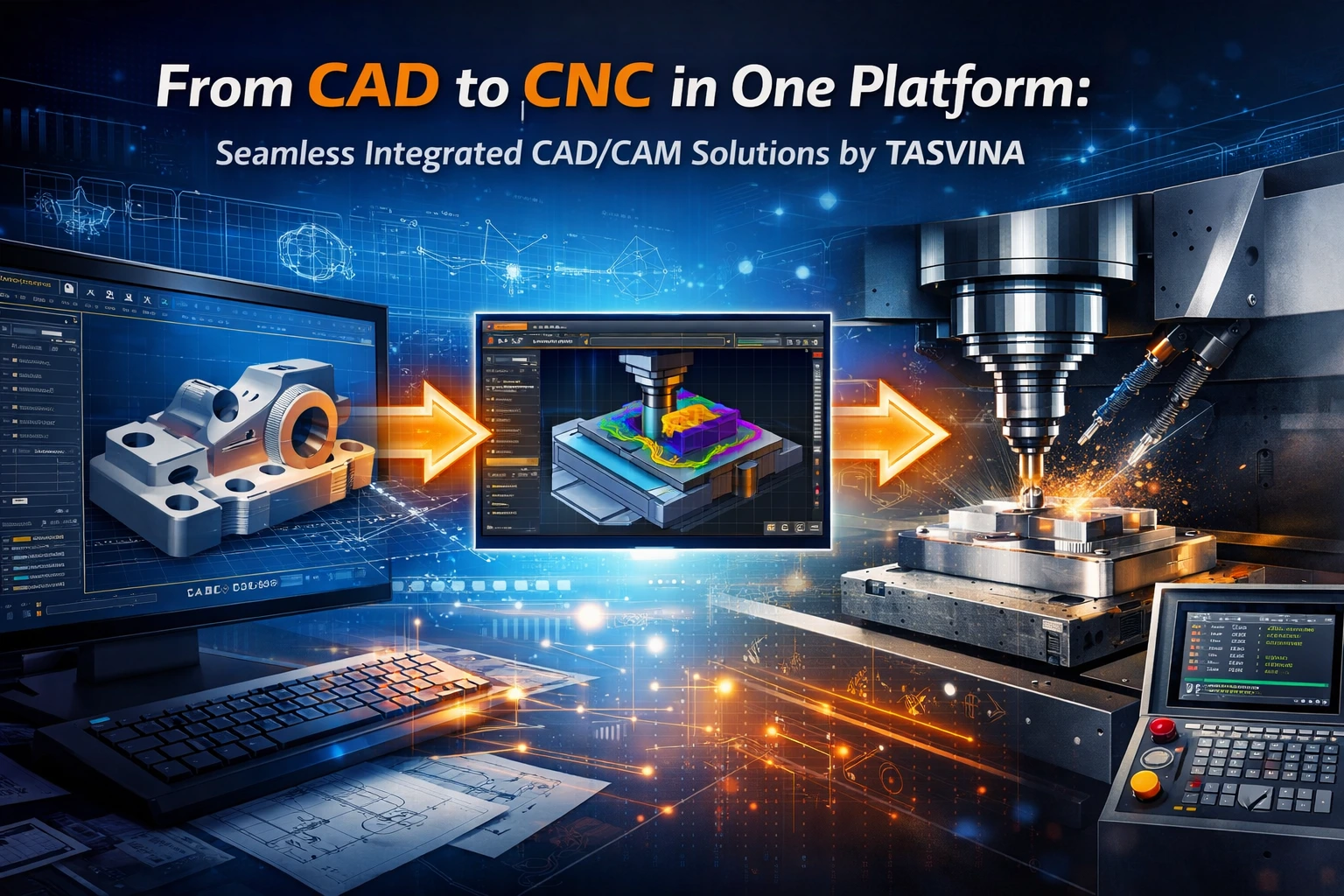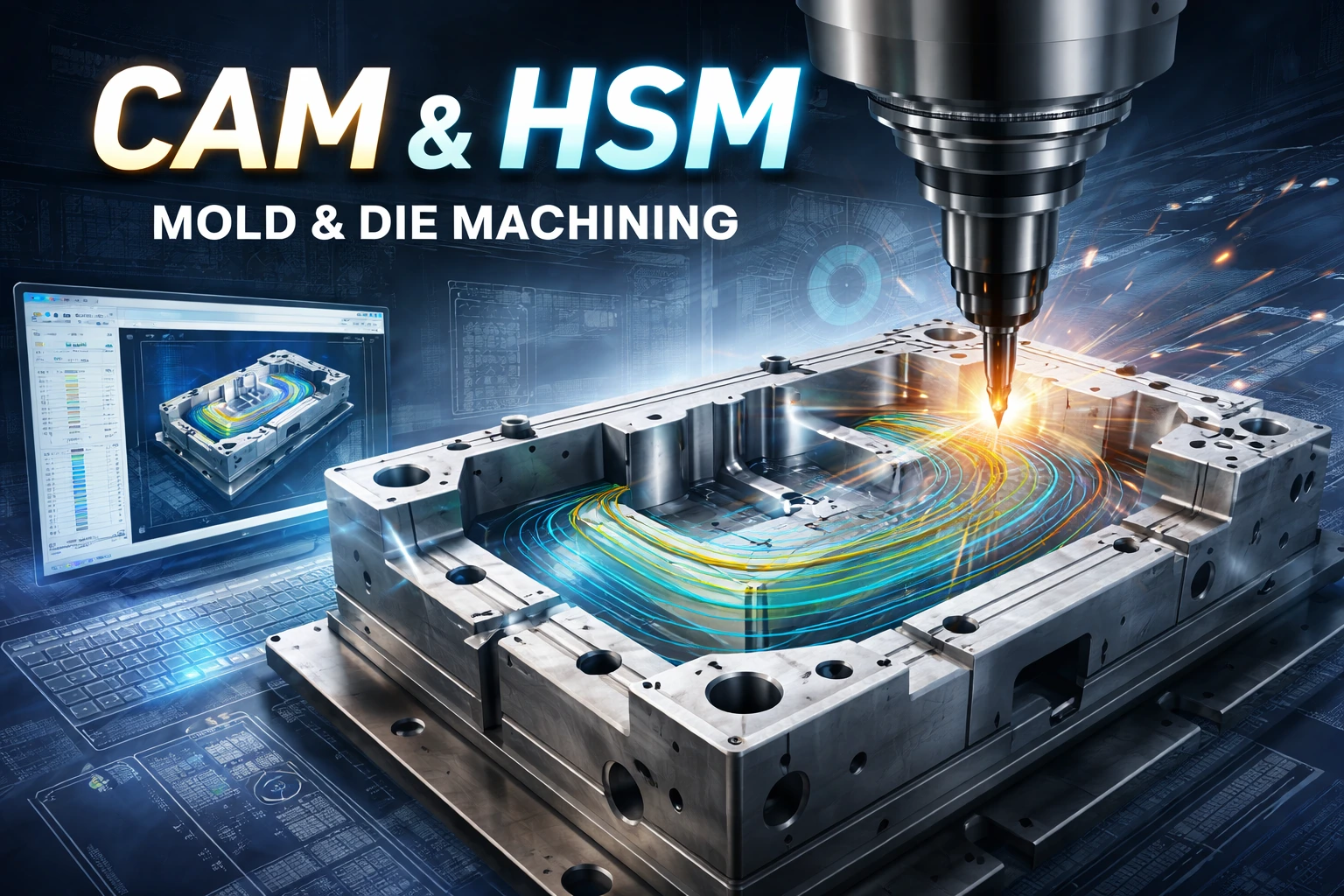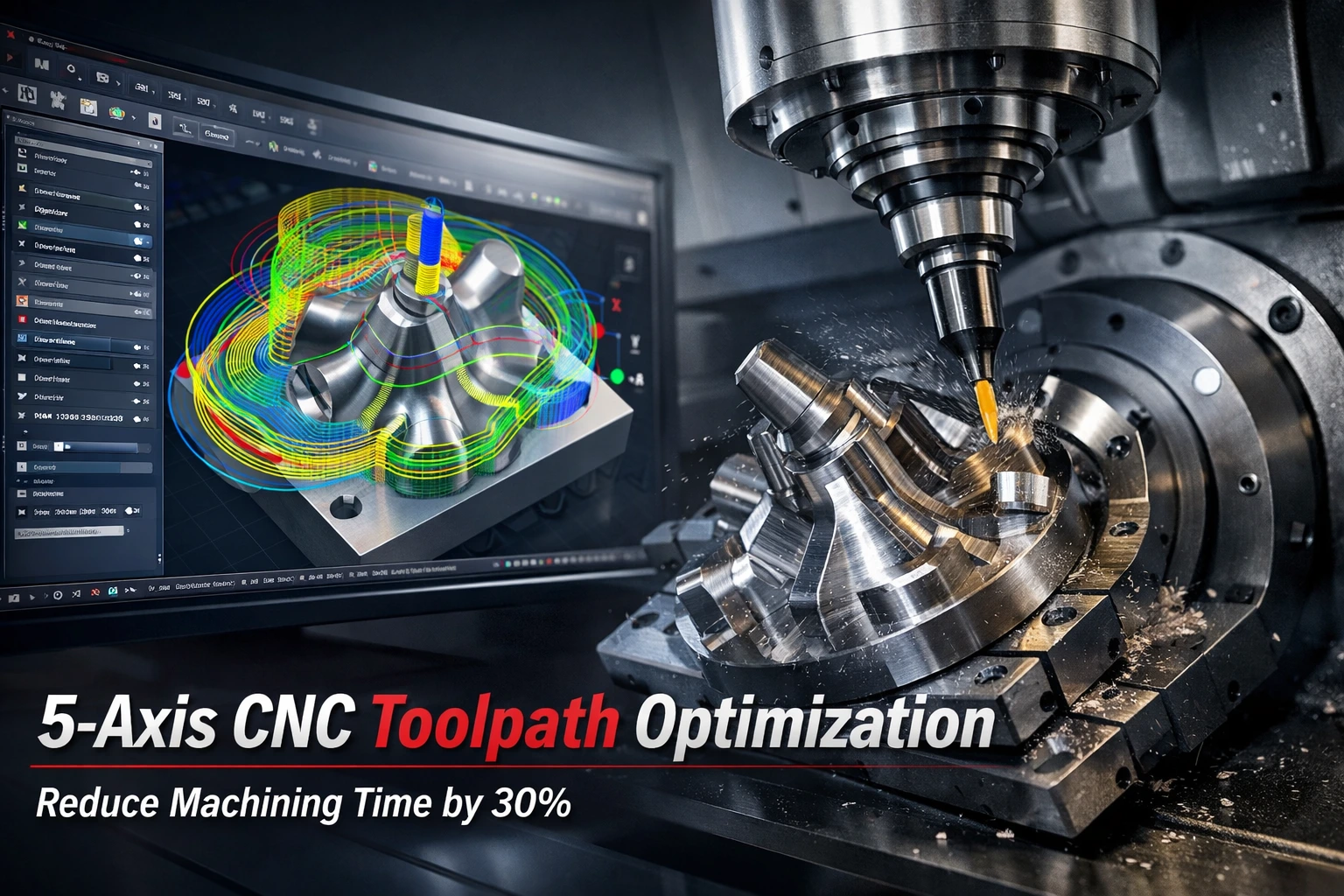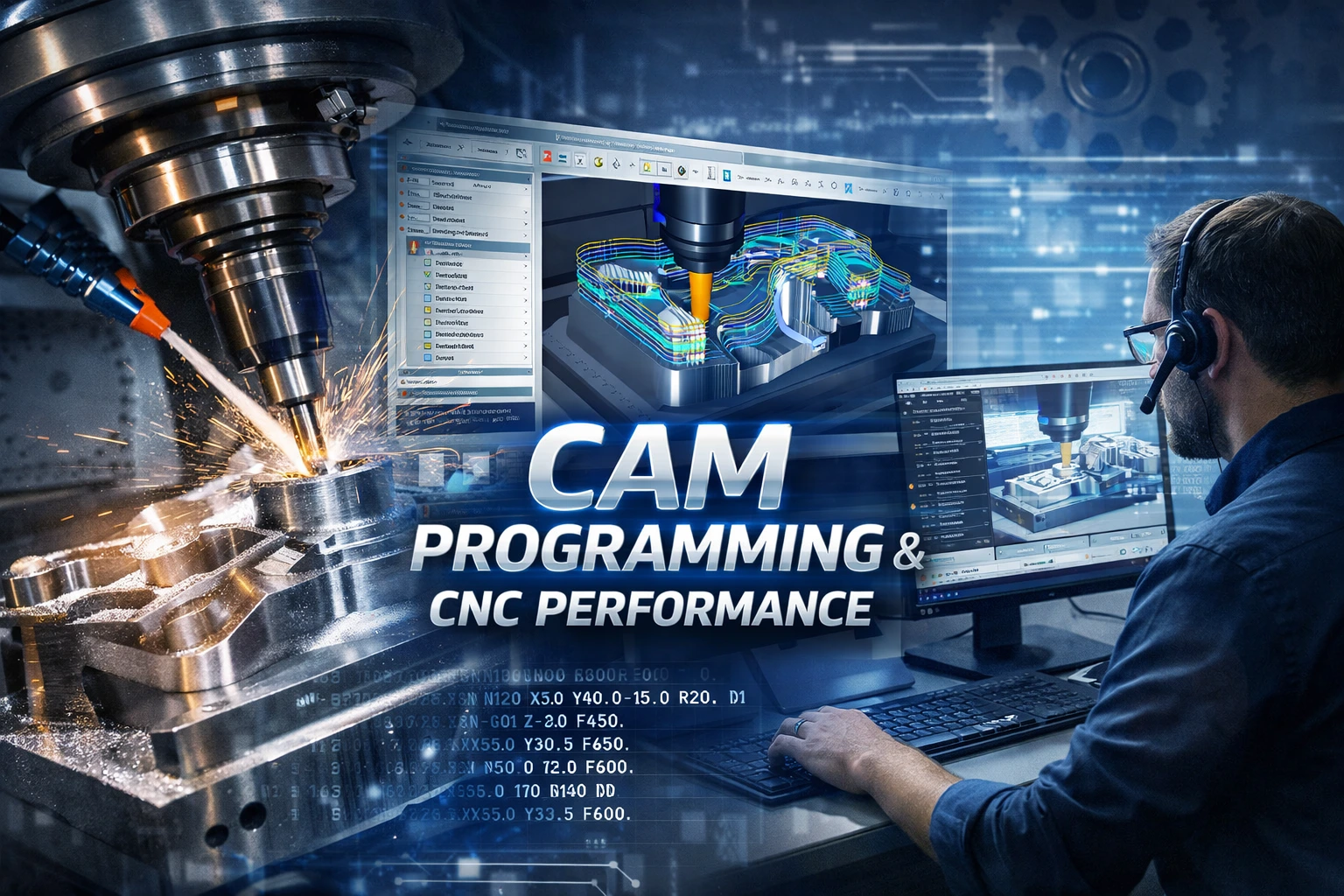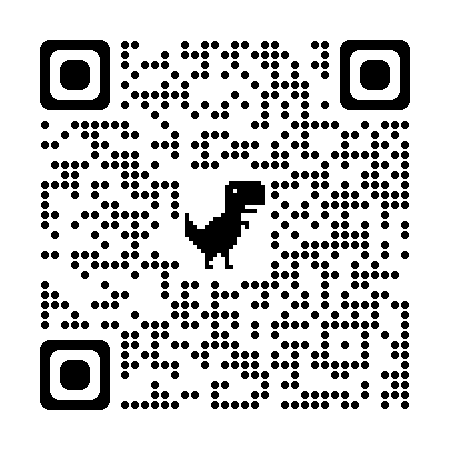In the era of Industry 4.0, Computer-Aided Engineering (CAE) and automation technologies are transforming the way products are designed and optimized. Automated CAE workflows can handle repetitive simulation tasks, reduce lead time, and increase efficiency. But one question often arises: If automation takes over, do engineers still have a role to play?
At TASVINA, a company specializing in engineering solutions for automotive, industrial automation, and high-tech product development, we believe the answer is clear: engineers are not being replaced — they are being empowered.
1. What Is CAE Automation — and What Does It Do?
CAE automation integrates scripts, APIs, macros, and even AI/ML to streamline simulation processes:
- Geometry cleanup and pre-processing
- Meshing and boundary condition setup
- Solver execution and post-processing
- Automated report generation
- Parametric and multi-objective optimization
By automating these repetitive steps, engineering teams can accelerate simulation cycles by up to 60–70%. Even more importantly, feedback from CAE can now be integrated earlier into the design process, supporting smarter, faster product development.
2. Why Engineers Still Matter
While automation improves efficiency, engineers remain indispensable in several critical areas:
• Defining modeling strategies
Engineers determine assumptions, boundary conditions, and levels of refinement to ensure simulations reflect real-world physics.
• Interpreting results and making decisions
CAE produces data, but engineers transform it into actionable insights — balancing performance, cost, and durability.
• Designing optimization workflows
Instead of manually running simulations, engineers set goals, constraints, and design scenarios that drive automated optimization.
• Developing and maintaining automation scripts
Engineers create and maintain Python scripts, APIs, or plug-ins that connect tasks and ensure robust workflows.
• Validation and quality assurance
CAE must be verified against physical testing. Engineers validate results, refine models, and ensure consistency between simulation and reality.
• Cross-disciplinary communication
Engineers serve as the link between simulation tools and stakeholders in design, manufacturing, and management.
3. TASVINA’s Approach: Empowering Engineers with Automation
At TASVINA, we leverage CAE automation not to replace engineers, but to strengthen their role:
- Automated workflows: Integration of CAE scripts, plug-ins, and macros to minimize manual effort.
- Continuous training: Our engineers are equipped with advanced CAE, optimization, and API scripting skills.
- Strategic consulting: TASVINA provides guidance on how to build efficient CAE systems and automation strategies tailored to client needs.
- Cross-domain expertise: From crash analysis and durability to CAD/CAM integration, we ensure complete alignment across the product lifecycle.
By combining automation with deep engineering knowledge, TASVINA helps clients accelerate product development without compromising quality or innovation.
4. Conclusion
CAE automation is revolutionizing engineering design optimization. However, far from being obsolete, engineers remain at the center of the process: guiding workflows, validating results, making decisions, and ensuring that simulations truly serve business and product goals.
For organizations seeking smarter CAE systems, automated engineering workflows, and reliable design optimization, TASVINA is your trusted partner.
👉 Contact TASVINA today to explore how we can support your product development journey with advanced CAE automation and engineering expertise.





